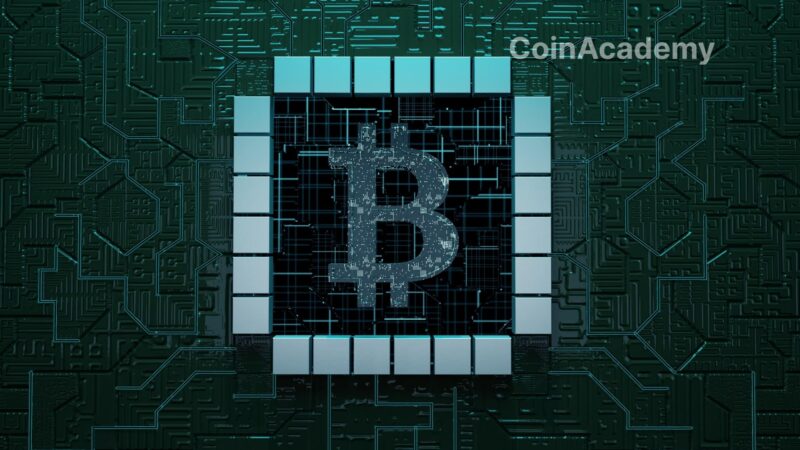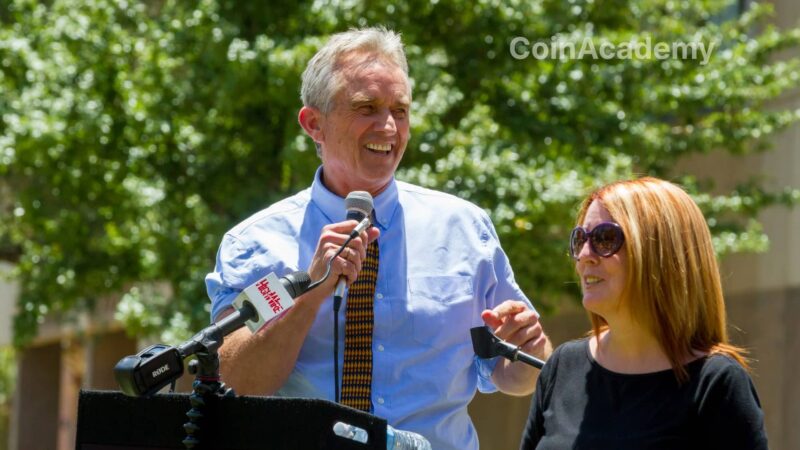Uniswap is rolling out a new strategic component to take control of market formation in DeFi. The protocol is introducing Continuous Clearing Auctions, a continuous auction system designed for Uniswap v4, aimed at correcting the drifts of token launches that have become too opaque and too dependent on private agreements. The message is clear: reinstating transparency, liquidity, and ‘fair’ pricing at the core of onchain launches.
A Shift in Equation for New Tokens
The arrival of CCA is a direct response to a well-known issue: the initial hours of a token launch are often the hunting ground for insiders. Thin liquidity, manipulated prices, restricted access, off-chain negotiations… Retail investors were consistently late to the game.
With CCA, Uniswap aims to disrupt this model. The auction runs block by block, entirely onchain, permissionless, with a continuously recalculated equilibirum price. Each block sets a unique clearing price, and if demand exceeds supply, allocation is done proportionally. No sniping, no bots grabbing everything on a lucky shot, no closed deals. A slower, but fairer dynamic.
More Transparency, More Stability
The operation is easy to follow: a project sets the parameters of its auction, the amount of tokens, a starting price, a duration. Participants then send orders with a maximum price. They only receive tokens if the equilibrium price falls below their limit. This mechanism encourages early participation, avoids explosive auctions, and allows price formation to naturally converge towards what the market deems ‘fair’.
Another strong point: at the end of the auction, all funds collected automatically go towards creating a Uniswap v4 pool at the final price. Liquidity exists from the first second of secondary trading, without recreating a Wild West of artificial volatility.
A Fresh Glass of Water for a Thirsty Market in Standards
The CCA have been designed with Aztec, the first project to test this strategy, and come with an optional ZK Passport module to allow private and verifiable participation. Privacy without sacrificing onchain auditability, a balance that resonates in the current DeFi landscape.
Uniswap also announces that this system is just the first step: several additional modules will arrive to help teams launch, stabilize, and support their liquidity over time. The timing is not random. In recent months, DeFi has shown clear signs of recovery with a notable increase in fees generated by major protocols. Industry players are now seeking more robust tools to structure their economies, and Uniswap aims to position itself as an infrastructure provider, not just a swap aggregator.
Uniswap Prepares for What’s Next
As the ecosystem gains traction and buyback-oriented models gain ground, CCA add a missing link: a credible and public framework for launches. Uniswap thus strengthens its image as the default platform for serious projects looking to avoid usual pitfalls.
At the time of writing, UNI hovers around the $7 mark, still far from its annual peaks and after a 40% drop in the last 3 months, but the stakes go beyond the token price. The launch of CCA is part of a broader strategy: repositioning Uniswap at the core of onchain liquidity, with tools that appeal to developers and investors alike.




